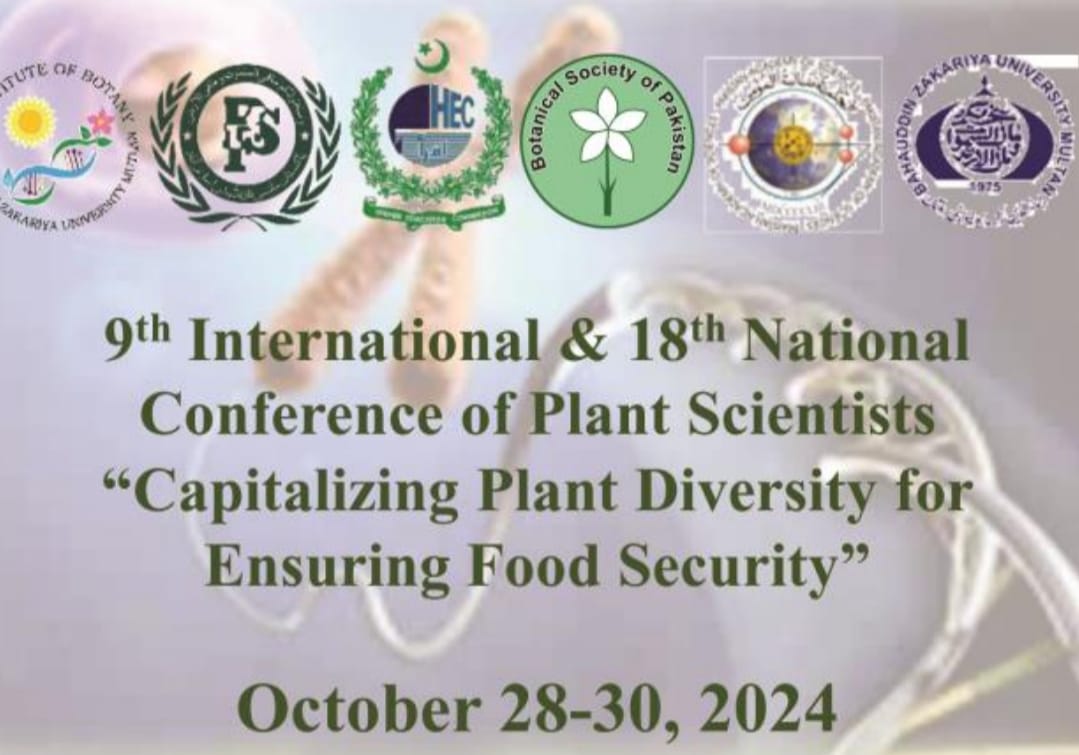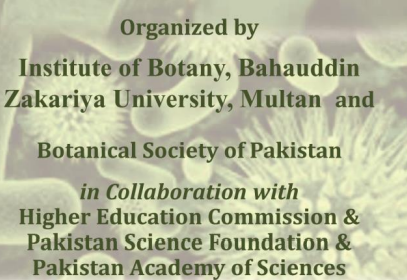-
-
-
-
-
-
-
-
-
-
-
-
-
-
IFTIKHAR ALI1*, ABIDA KAUSAR1, MEHBOOB-UR-REHMAN3, YUSUF ZAFAR3, MUHAMMAD ASIF3, MUHAMMAD ASHRAF2, SANA RIAZ1, SARA ZAFAR1, ABDUL WAHID2, SOBIA MAQSOOD1, MUBASHIR NIAZ1 AND SYED QAISER ABBAS1
DEVELOPMENT OF GENETIC LINKAGE MAP OF LEAF HAIRINESS IN GOSSYPIUM HIRSUTUM (COTTON) USING MOLECULAR MARKERS
Download PDF
-
-
-
-
-
-
-
-
-
-
-
-
-
-
-
-
-
-
-
-
-
-
-
-
-
-
-
-
-
-
-
-
-
-
-
-
-
-
-
-
-
-
-
-
-
-


